Toll Free: (866) 215-0651
Local: (657) 900-2066
Machinery Care: Prolonging the Life of Your Machinery
In the dynamic landscape of industrial operations, the reliability of machinery is the linchpin for sustained productivity. Preventive maintenance serves as a strategic approach to ensure equipment's longevity and optimal functionality. In this comprehensive guide, we delve deeper into the critical aspects of preventative maintenance, offering practical tips for regular upkeep that focus on lubrication, wear and tear checks, and early problem detection.
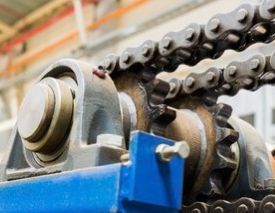
Lubrication: The Unsung Hero
Why it Matters:
Lubrication is the unsung hero that ensures the seamless operation of machinery components. It minimizes friction, reduces heat, and prevents wear, thereby extending the lifespan of crucial parts.
Practical Tips:
- Select the Right Lubricant: Different machinery components require specific types of lubricants. Ensure you use the correct lubricant grade and viscosity for each application.
- Establish a Centralized Lubrication System: Consider implementing centralized lubrication systems for complex machinery. These systems automate the lubrication process, ensuring consistent application and reducing the risk of human error.
- Incorporate Lubrication Training: Train maintenance personnel on proper lubrication techniques. Understanding the intricacies of lubrication applications enhances its effectiveness.
Wear and Tear Checks: The Sentinel's Vigilance
Why it Matters:
Detecting wear and tear at its nascent stage prevents escalating issues that could result in costly repairs or machinery failure. Regular checks help identify worn-out components before they compromise overall performance.
Practical Tips:
- Check Critical Wear Points: Focus on areas prone to wear, such as gears, bearings, belts, and seals. Regularly inspect these components for signs of deterioration or abnormal wear patterns.
- Utilize Non-Destructive Testing (NDT): Employ NDT methods like ultrasonic testing or magnetic particle inspection to thoroughly evaluate critical components without causing damage.
- Implement Wear Monitoring Systems: Integrate wear monitoring systems that provide real-time data on component conditions. This allows for proactive decision-making based on actual wear rates.
Early Problem Detection: Proactive Intervention
Why it Matters:
Early detection of problems allows for timely intervention, preventing minor issues from snowballing into major breakdowns. It reduces downtime and the associated financial repercussions.
Practical Tips:
- Leverage Predictive Maintenance Tools: Harness the power of predictive maintenance tools that leverage sensors, IoT, and data analytics to predict potential failures based on equipment behavior.
- Encourage Employee Reporting: Foster a culture of open communication among maintenance personnel. Please encourage them to report any irregularities, no matter how minor, to facilitate early intervention.
- Invest in Remote Monitoring: Explore remote monitoring solutions that enable continuous surveillance of equipment health. This is particularly valuable for off-site or large-scale operations.

Elevating Your Maintenance Strategy
In the relentless pursuit of operational excellence, preventive maintenance emerges as a non-negotiable cornerstone. By incorporating these additional practical tips into your maintenance routine, you fortify your machinery against wear and tear and enhance your capacity for proactive intervention.
Lubrication, as the lifeblood of machinery, requires meticulous attention to detail, from proper selection to precise application. Wear and tear checks, bolstered by NDT and wear monitoring systems, empower you to identify vulnerabilities before they compromise performance. Early problem detection, facilitated by cutting-edge technologies and a vigilant workforce, positions you to address issues proactively, steering clear of costly downtimes.
Remember, preventive power is an investment in your machinery's sustained health and efficiency. By prioritizing regular maintenance routines and embracing technological advancements, you not only prolong the life of your equipment but also elevate the overall reliability of your industrial operations. As stewards of industrial assets, the proactive pursuit of preventive power becomes the key to longevity, sustainability, and unparalleled operational resilience.



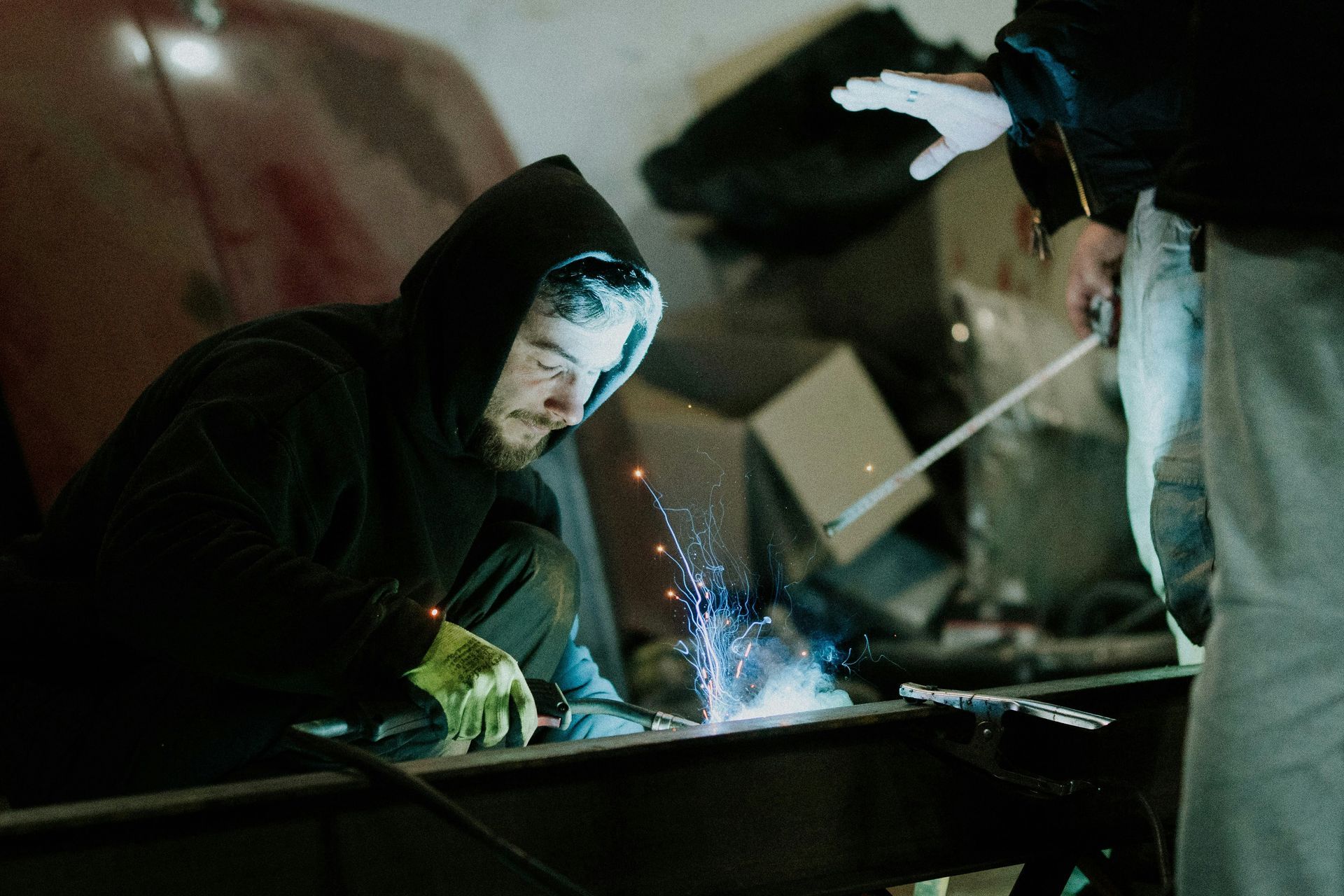
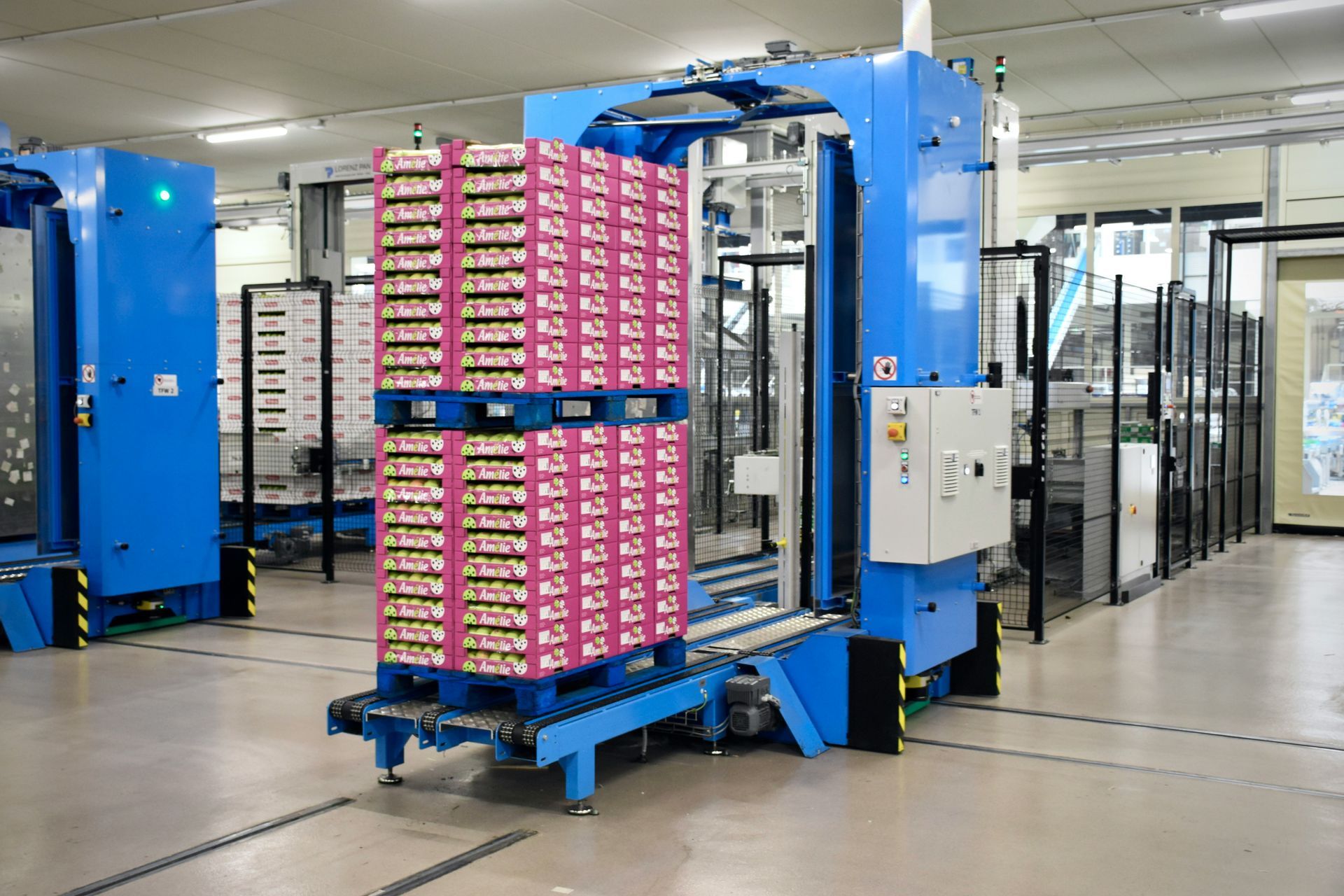
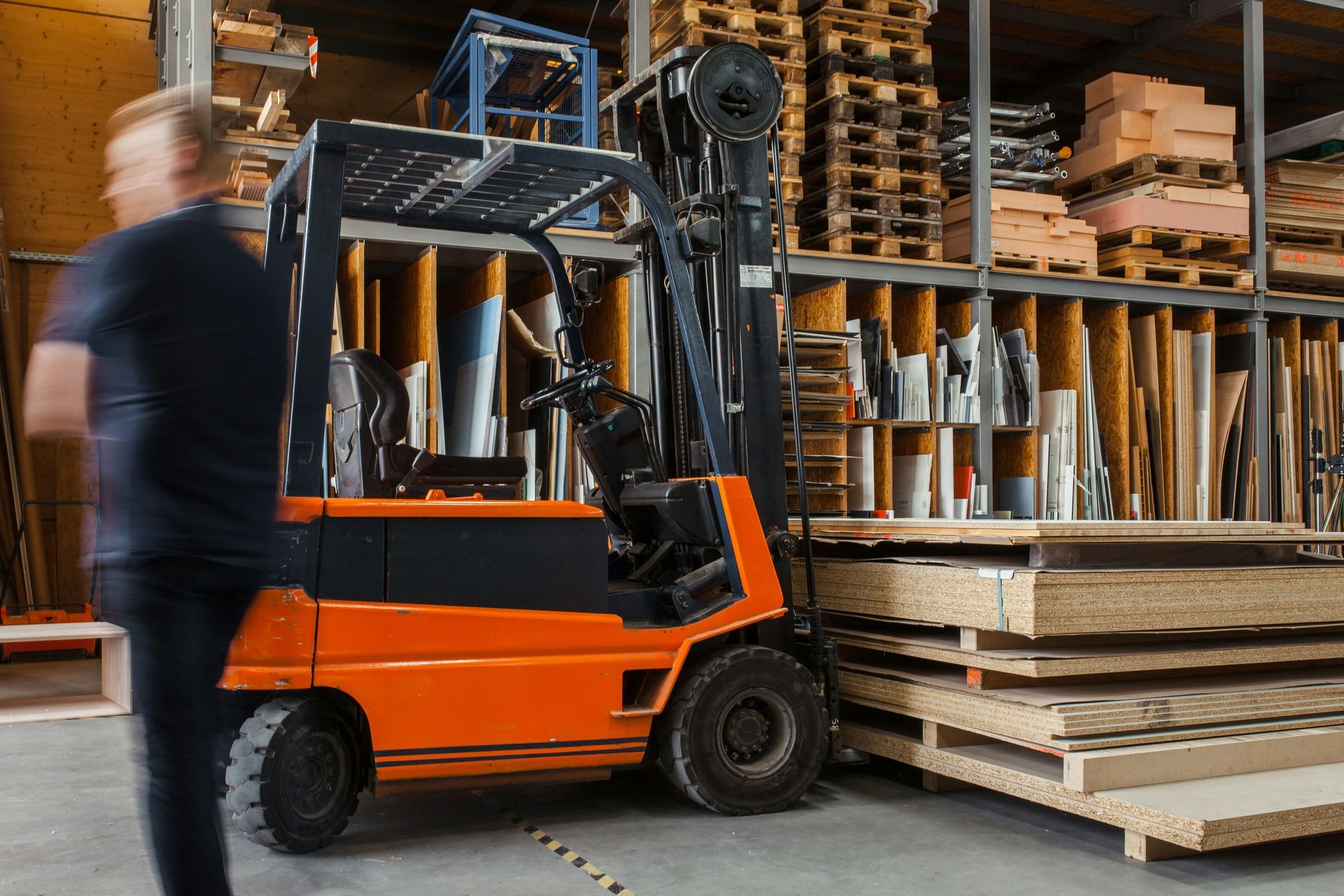
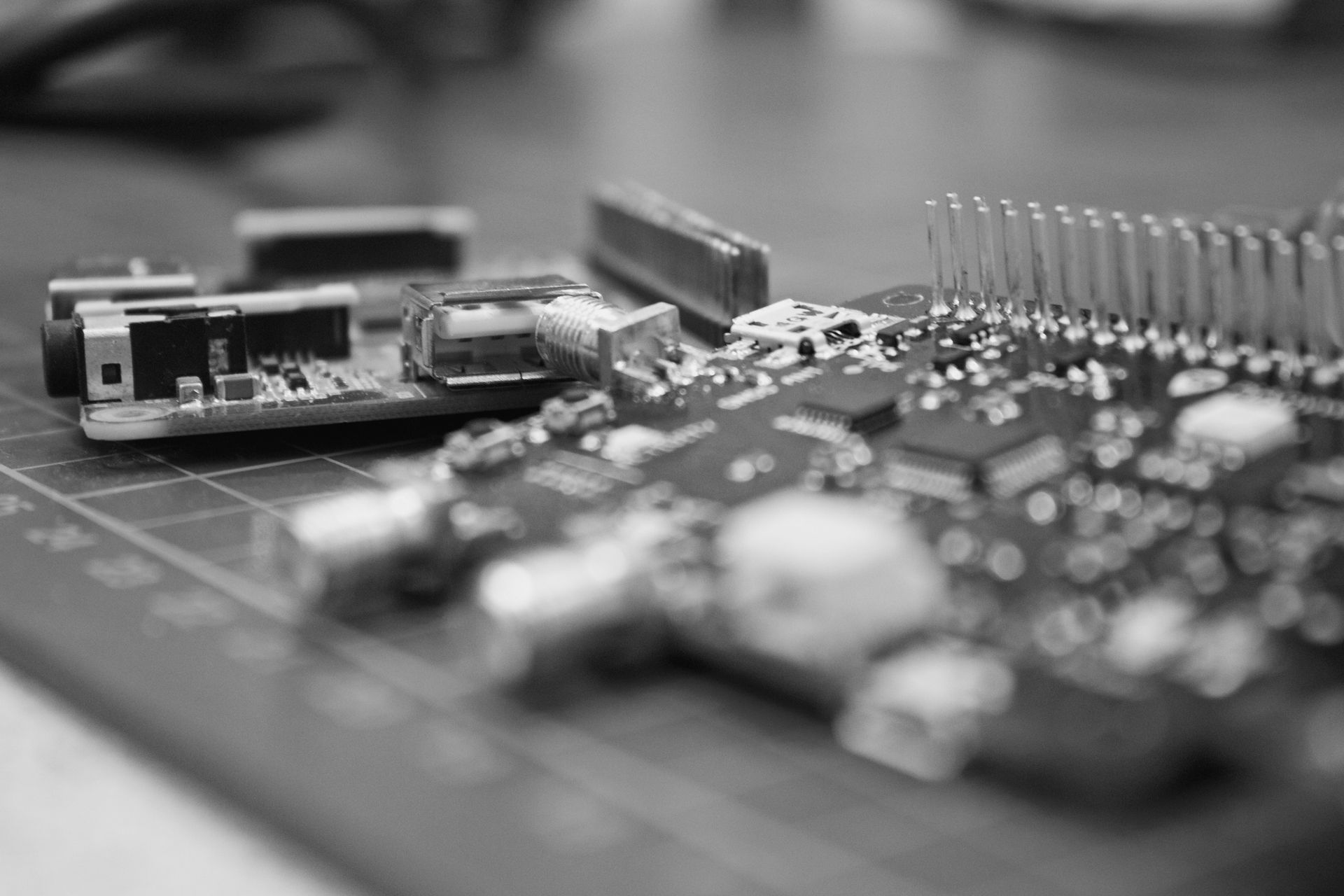
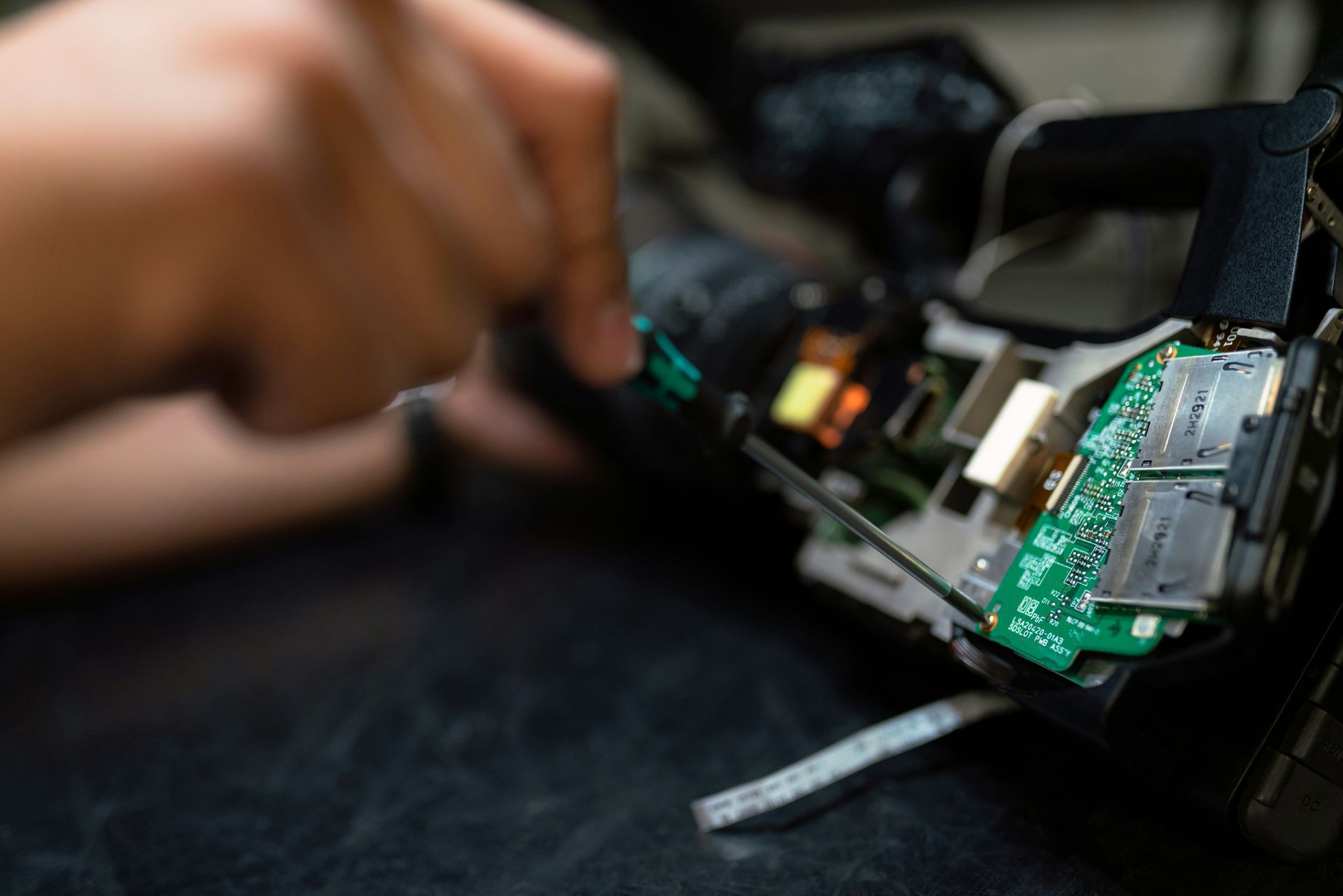
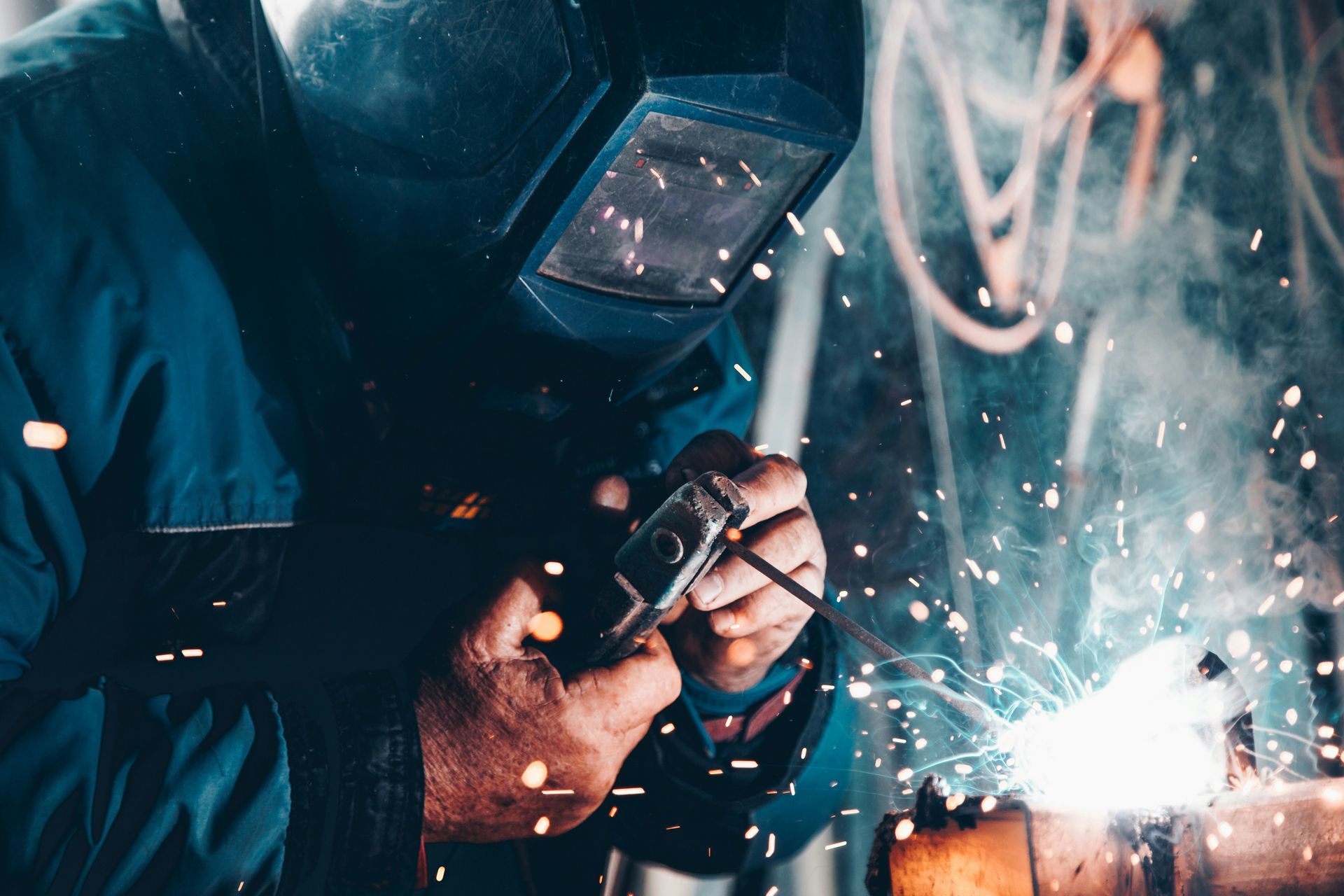
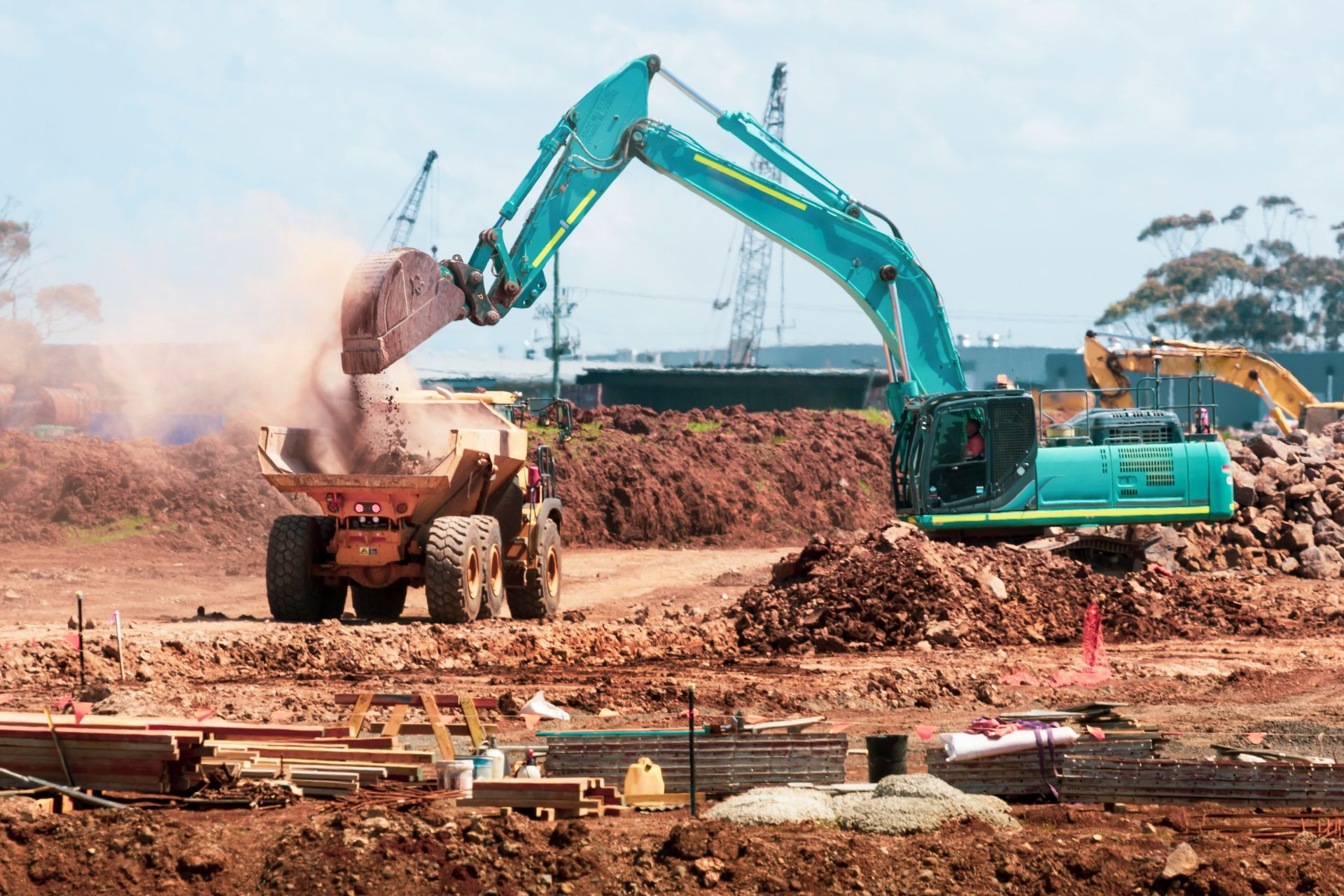
Share On: